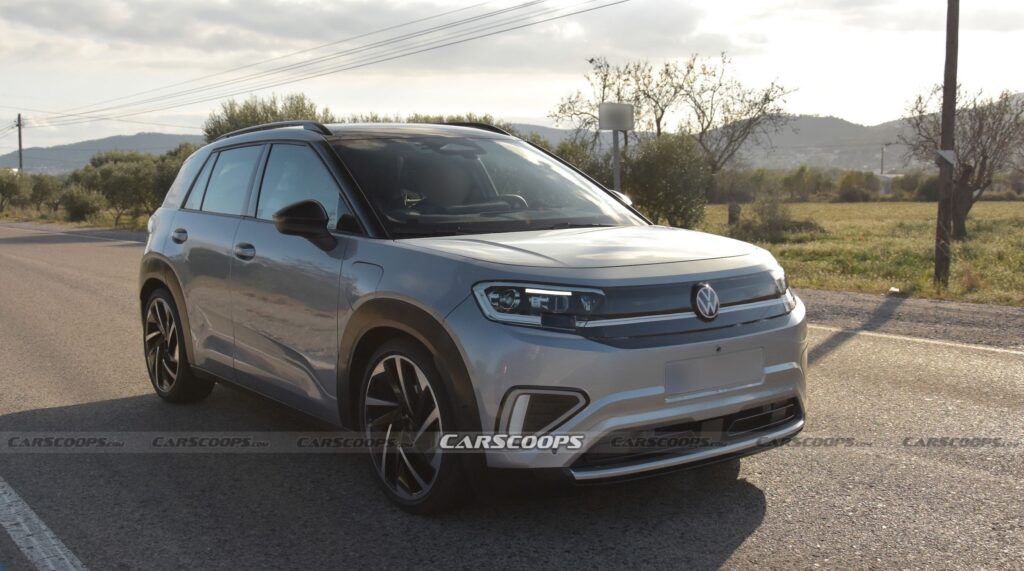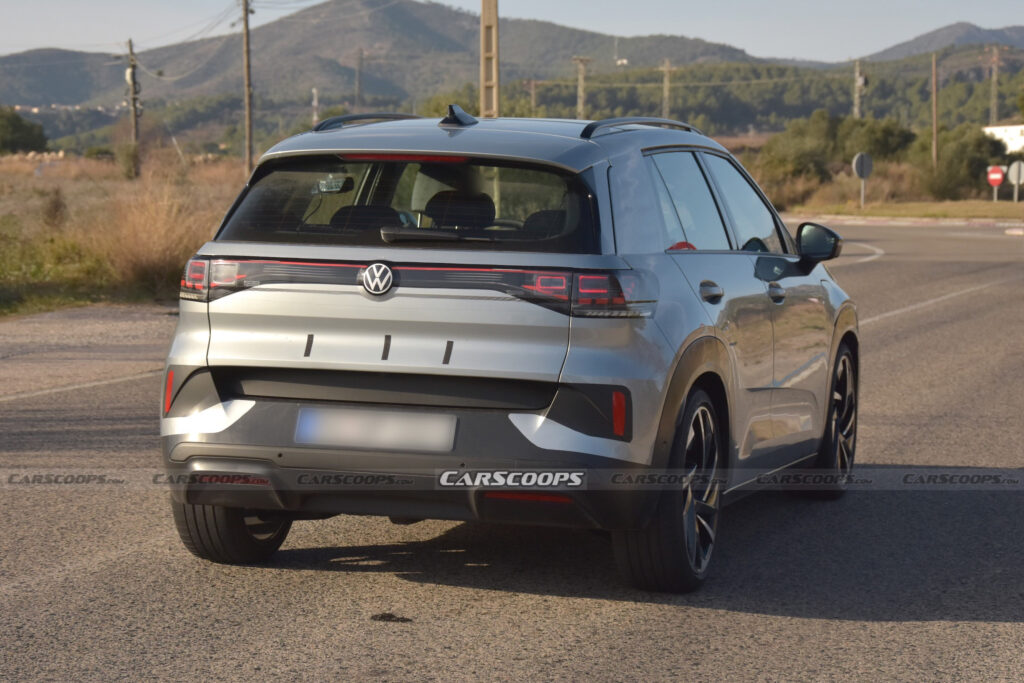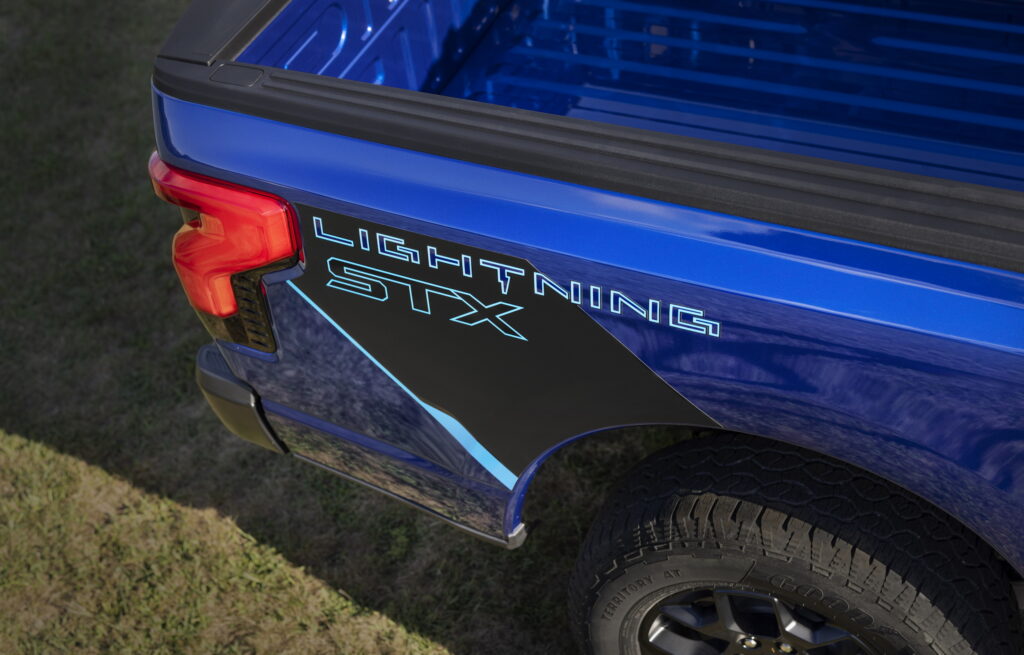Whether it’s a full-size school bus with track seating running the length of the floor or a compact van with fixed belt points, no two vehicles secure a student the same way—and too often, drivers are left to figure it out on the fly.
That variability, experts warn, can compromise safety for students who rely on wheelchairs, car seats or booster seats, especially as alternative transportation expands and fleets grow more diverse. Driver training has never been more paramount.
Darren Reaume, the director of training for Q’Straint/Sure-Lok, explained that school buses from different OEMs and of various model years have different characteristics. This is why it’s so important that drivers know what’s available on the vehicle and how to use the wheelchair securement equipment.
“If you have 50 different buses in your fleet, chances are you have four or five varieties of different equipment, and your drivers need to know how to use all of that stuff because you don’t know which [vehicle] they’re going to have,” he said.
When transporting a student in a wheelchair as a van passenger, the space is going to be much more limited than in a school bus, where track seating will typically extend the length of the bus because of the need for traditional bench seats. In vans, everything is much more compact. This mean there could be a fixed location for the shoulder belt, for example.
“Sometimes we run into this disconnect where it’s easier to transport a small student in a side-entry van because it’s a smaller space and the device is small,” he said. “But then the occupant securement doesn’t fit great on them because they’re a smaller individual.”
On the flip side, it might be harder to secure a larger student in their mobility device because it’s a small space, but the occupant securement fits better.
“So now, you’re taking into account the particular equipment and layout of that vehicle,” he said, adding that everything from the size of the securement location to how much space the driver has to operate in makes a difference in safely securing at student.
Certified passenger safety technician Cassidy Miller noted drivers are responsible for proper securement of the CSRS in their vehicles, and they need proper training or information on the student. Miller, who is also the director of transportation for Cashmere School District in Washington state, shared that a lower anchor system securing the car seat into a vehicle has a weight limit. The other option is using a seatbelt, which has no weight limit, to secure the car seat.
Miller suggested asking if contracted providers know each child’s weight, or are they guessing based on age and size? Regardless of weight, Miller added that if the child is being restrained in a forward-facing car seat, a strong U.S. recommendation is to use the top tether.
“And they need to make sure that the harness straps fit the child who they’re transporting,” she said. “If they’re transporting multiple [students] in a day, that can get tricky. They need to make sure that it’s adjustable.”
All are adjustable to a degree, she explained, but some are more complicated and require removing the car seat to make the adjustment.
The Alternative Student
Transportation Association
Greg Prettyman, vice president of First Alt, explained the creation of the Alternative Student Transportation Association that gives a voice to providers. He said the goal is for different companies to develop a unified message on issues as they arise. At the top of the to-do list is public outreach and creating a website as well as consulting on the National Congress on Student Transportation Alternative Transportation committee. Prettyman added NCST was the impetus for creating the association because each company was providing input individually.
Miller added that the harness needs to fit the child properly, and it needs to be snug to their body with the chest clip at armpit level. “Those points need to be monitored by the drivers, and sometimes that’s hard when they’re a company that has back-to-back rides or a lot of turnover,” she added.
She also recommended that families who are using an alternative transportation service also be educated about the car seat installation points. “Is the family looking to make sure that the car seat is installed properly for the child’s weight? Is it installed via seatbelt or lower anchors? Is the harness fitting them correctly? Is the chest clip at the right point, is the top tether attached to the back of the seat? … They should kind of have a mental checklist every day when they help load their child,” she recommended.
The liability falls on the school district but she said parents can serve as a second set of eyes to ensure the car seat is installed correctly. She provided an example at her previous district, where a family took pictures to prove the contractor wasn’t installing the car seat correctly.
“I took [the pictures] back to that transportation company, and I said, ‘Listen, here are five things wrong with this car seat right now. Those need to be addressed,” Miller recalled. “I know you say you train your drivers on using car seats, but this car seat has not shown up in an acceptable manner, and the parent has been reinstalling the car seat as properly as she can get because she doesn’t have the manual in hand whenever the car seat arrives. And it’s getting very frustrating.’”
Depending on the state, it might be hard for all independent contracted drivers to undergo securement training like district employees. Instead, she advised school districts ask for the driver training curriculum that contractors use and determine if it meets the standard. Plus, she recommends random checks.
“Go out to that elementary school at pickup and see and just observe that child. Observe that car seat as it’s waiting,” she said, adding it’s important to make extensive notes. “I would highly recommend all of those random checks just to ensure the drivers are in compliance with their company and or even if it’s your own drivers, that they’re in compliance with your standards.”
Training Drivers
Gregg Prettyman, the vice president of First Student subsidiary First Alt, said the driver training standard should be the same no matter the vehicle. He noted FirstAlt follows First Student’s driver vetting, training and credentialing standards.
“There’s a lot of different types of vehicles — Type A, Type B, Type C, vans and SUVs — but there really should only be one type of driver, and that’s just a driver that meets all of the state requirements for a bus driver,” he explained.
He said the only exception would be vehicle-specific licensing, adding that alternative vehicle drivers like those in Type A school buses don’t need a CDL. He added that when it comes to wheelchair securement, First Alt works with transportation companies that are established in correctly transporting people in wheelchairs, whether that’s to and from work or doctor’s appointments.
“We reach out to those companies who really are already experts in that and doing that in the state, and we certify, license and onboard them,” he said, adding the oversight provides an extra layer of protection “We still do verify that their drivers know how to secure and meet all the student securement transportation requirements. But the nice thing is, when you’re working with existing companies, they already have a lot of that training and expertise in place.”
Blake Smith, area general manager for the east for First Alt, agreed, noting the importance of being a part of First Student and how it has been asset for its training program.
“We really want to make sure that we’re doing our due diligence for the safety aspect and keeping with those First Student standards and core values to make sure that we’re properly securing these students and properly securing the equipment, because at the end of the day … we’re firm believers that the yellow school bus is the safest way to get these students to school, but in those instances where you’re not using a yellow school bus for a variety of reasons, we want to make sure that the safety isn’t sacrificed when we’re doing that.”
He said a session presented by industry consultant Alexandra Robinson at the National State Directors of Pupil Transportation Services annual conference in November touched on securement in yellow school buses as well as alternative transportation vehicles. CPST instructor Denise Donaldson is presenting a similar topic at STN EXPO East on March 28, “What’s the Difference?! CSRS Use in School Buses versus Alternative Vehicles.”
Smith said a takeaway from the NASDPTS presentation was ensuring the drivers know that information. “In the event that we have to take a car seat out because they’re doing another route where we need actual space in the vehicle, that we’re properly securing that piece of equipment back in the vehicle,” he said of the importance of training. “And understanding the different checkpoints of making sure that piece of equipment is secure in the vehicle.”
Even something like not securing a child in a puffy coat needs to be communicated to drivers, as they transport students in the Northeast, where kids are coming out of their houses in jackets.
“[We’re] making sure we’re doing our due diligence for those two pieces, helping the drivers and also the monitors — if we have monitors in those vehicles — not only properly secure the car seat, but secure the student properly.”
EverDriven CEO Mitch Bowling said every driver is required to complete the EverDriven Driver Education Course, “which is the first program in the industry designed specifically for transporting students with unique needs,” he claimed.
He explained the course covers everything from wheelchair securement to defensive driving to sensitivity training.
“It’s a six-module course that prepares drivers for real-world situations, like managing behavioral challenges or responding to emergencies,” he continued. “Drivers must pass a 40-question exam before they can drive students. While district requirements vary, our training is built to meet those needs and often goes beyond them.”
Bowling said a standardized training ensures every driver is ready for a variety of scenarios and can adapt to individual student needs, whether that involves mobility devices or behavior support.
Blake added that drivers are trained before they start any trips with First Alt, with a test at the end of the program to become certified. Every six months they do a refresher course. However, he noted states and districts will have other requirements. For example, some districts in the Dallas area require transportation to the school for the deaf and blind, and FirstAlt will send their drivers to be trained on courses that address that specific group of individuals.
The School of Philadelphia has a specific training course for monitors and Colorado has inclement weather training. “It’s not only important to have your own [standard] but to make sure you’re compliant with the unique training requirements of each state and each district,” he said.
Related: NAPT Statement Provides Recommendations for Alternative Transportation
Related: Alternative School Transportation: Roadmap for Decision-Making For Children with Disabilities and Special Needs
Related: NASDPTS Publishes Paper Espousing Safety of School Buses Over Alternative Transportation
Related: Beyond the Yellow School Bus: Alternative School Transportation
Prettyman said that alternative transportation can be so individualized at times that FirstAlt will partner with the district to ultimately support that one particular student.
“Maybe it’s a student where they’re trying to reinforce certain behaviors in the classroom, and we’re trying to figure out how do we extend that classroom to the classroom on wheels,” he said. “We’ve had drivers and monitors that we coordinate with at the school specifically to go in and observe that student in a classroom setting and better understand not only that student from when they’re just transporting, but also how are we understanding that student, and how can we support that student through transportation?”
Putting the driver classroom on wheels can heighten learning quickly.
“One small thing can become a major issue,” he said. “How can we partner with our districts, and also their teachers and paraprofessionals … to ultimately support these students on an individualized basis? Because that’s what alternative transportation does really well. The yellow school bus is great, but when it comes down to these individual students that have IEPs …how do we take that classroom environment and extend to the to the vehicle and also support safe transportation for that student?”
Jennifer Brandenburger, the senior vice president of Safety at HopSkipDrive, said dedicated programs for riders with specialized needs help ensure safety and compliance.
Drivers transporting younger riders “receive specialized education on proper installation and harnessing techniques, which is guided by certified child passenger safety technicians from Safe Kids Worldwide,” she said. “Only these approved drivers receive and use the company-provided car seats for these specific rides.”
Brandenburger added that HSD selected a car seat model that meets the impending standards set by the National Highway Traffic Safety Administration in consultation with expert advisors.
Wheelchair transportation, meanwhile, is facilitated by CarePartners. Brandenburger said these are “local professionals who undergo HopSkipDrive’s rigorous and comprehensive certification process, including name- and fingerprint-based background checks, clearing child abuse and neglect screenings where available, and enrolling in continuous criminal record monitoring.”
She said that CarePartners provide a wheelchair accessible vehicle (WAV) and are trained on the correct securement.
“By ensuring CarePartner drivers undergo our onboarding and management, we are able to monitor, manage, and ensure compliance with district requirements,” she concluded.
The post ‘One Type of Driver’ Training appeared first on School Transportation News.
![]()


























